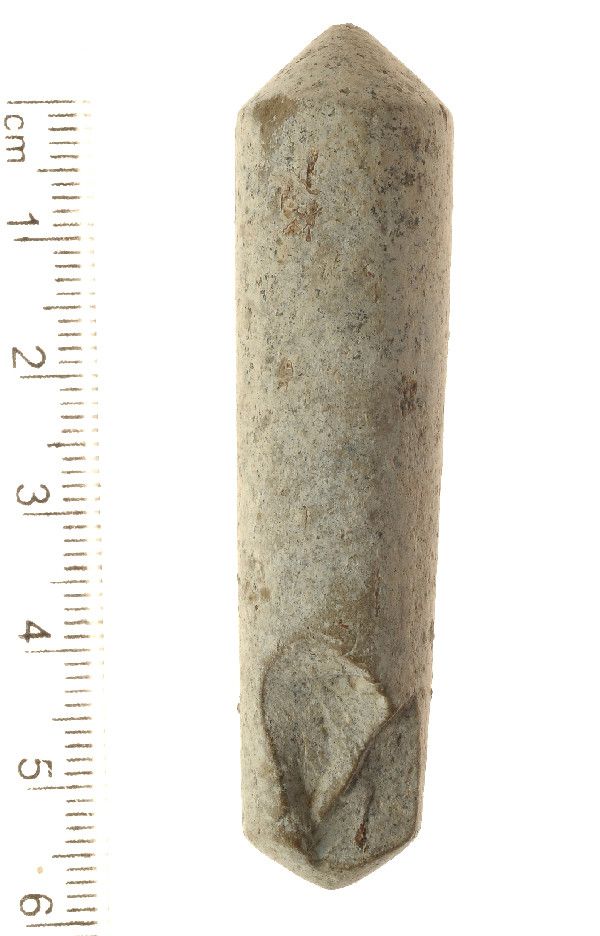Earliest Matches Had 'Phallic' Shape Too

When small cylinders of clay and stone turned up at ancient archaeological sites, researchers described them as "phallic" and theorized the pointy-tipped cylinders had religious significance.
But regardless of the resemblance they bear to male genitalia, these cylinders had a practical purpose: They were the world's earliest-known matches, an Israeli research team concluded after examining one of the sites holding these "early matches."
After examining cylinders found at an 8,000-year-old site in a Neolithic village called Sha'ar HaGolan in modern-day Israel, the team determined they were rotated against another surface to generate friction, which would generate heat and, ultimately, fire.
This system, called a fire drill, relies on drill bits — the role the researchers believe these cylinders played — and a fire board that also holds tinder. Drills and boards have shown up in archaeological sites around the world, including Egypt, Europe and South America. They have also been used by people such as Australian aborigines and American Indians.
Cylinders from this site were on average 1.85 inches (47 millimeters) long and up to 0.6 inches (14.1 mm) in diameter. Their conical sometimes darkened tips, lack of decoration, grooves and other evidence of wear indicate these were bits used in fire drills, write the researchers, led by Naama Goren-Inbar of The Hebrew University of Jerusalem in a study published online Aug. 1 in the journal PLoS ONE.
While the cylinders have also turned up at other sites from roughly the same era, stone blocks with sockets into which the bits may have fit have turned up at an earlier site called Kfar Hahoresh, the researchers write, adding that surface grooves connecting the sockets may have been used to house tinder.
But phallic advocates take heart, "ethnographically, in many societies the fire drill and the fireboard are considered to represent the male and female sex organs, respectively," they write.
Sign up for the Live Science daily newsletter now
Get the world’s most fascinating discoveries delivered straight to your inbox.
Follow Wynne Parry on Twitter @Wynne_Parry or LiveScience @livescience. We're also on Facebook & Google+.











